Ivan Endogourov portrayed not only the Russian nature, but also the West – European, treating it with reverence and love. The master is trying to penetrate as deeply as possible into the world of nature in order to better convey the changeability of its condition and the depth of its colours.
This picture is one of the best works of the artist. Looking at this work, one can note the extraordinary airiness of the canvas, feel the thrill of the intimate moment when nature awakens from a long sleep and reveals itself again to the world in full glory. Soft and smooth lines emphasize the lightness of the master’s brush, which reverently and tenderly convey the moment preceding the full bloom and the onset of spring.
The sky seems airy and dynamic, as if the clouds are moving away, disappearing in the rays of the golden sun. Endogourov perfectly selected the colour palette, trying to convey the real colours and shades of the work as accurately as possible. This landscape has an incredible lyricism and awakens warm, strong emotions. Due to the fact that the artist travelled very often, he was able to highlight in his canvases all the subtleties of nature that surrounded him in one place or another. One feels very careful attitude and admiration of the master, who became one of the best Russian landscape painters of the nineteenth century. His works are kept both in the Tretyakov Gallery and in some museums in Europe.
Compared to the finished work, this sketch on burlap has a more pronounced colour palette, giving the feeling it was created at an earlier moment in the morning.
Ivan Ivanovich Yendogurov (Russian: Иван Иванович Ендогуров); was a Russian landscape painter and watercolorist; associated with the Peredvizhniki ( group of Russian realist artists who formed an artists' cooperative in protest of academic restrictions). His younger brother, Sergey was also a well-known artist.
His father, Ivan Yendogurov (1812-1871) was an Admiral in the Imperial Russian Navy. His mother was the daughter of Admiral Fyodor Yuriev. While attending the gymnasium, he and his brother (Sergey) became acquainted with the landscape painter, Yefim Volkov, and decided to make art their career.
After graduating in 1880, he began studying law at Saint Petersburg State University, but continued to take lessons from Volkov. In 1884, he left the University to follow classes at the Imperial Academy of Arts. His first exhibit came the following year, and he was awarded a major silver medal in 1890.
From 1885 through the early 1890s, he exhibited prolifically, at the Imperial Society for the Encouragement of the Arts, as well as with the Peredvizhniki; participating also in the Exposition Universelle in Paris (1889) and was awarded a silver medal, the International exhibition in Berlin (1891) and the World's Columbian Exposition held in Chicago (1893).
At the end of the 1880s, he developed the first symptoms of tuberculosis and due to illness spent most of his time in the Crimea, Ukraine, and the Caucasus. From 1890 to 1893, he lived in Italy, then spent a short time in southern France (1893). After a stay at a spa in Bavaria, he lived in Crimea from 1894 to 1895. Most of his paintings from there appear to be lost. He travelled to Norway (both in 1890 & 1895). Later, he returned to Italy and died of his illness on the island of Capri.
Toward the end of 1898, the Imperial Academy held a joint retrospective for three artists who had died that year: Yendogurov, Nikolai Yaroshenko and Ivan Shishkin. The following year, his mother endowed a fund at the Academy to establish the "Yendogurov Prize" for landscape painting, which was awarded until 1917
As Ivan Endogourov only lived until the age of 37, his works are fairly rare. Consequently, the return of a Moonlit Night in Ajaccio in Winter to the Russian State Museum in 2000, (believed to have been lost after WWII), was a very special event. Endogourov was one of the great artists in the history of Russian landscape painting, and representations of still waters were an important theme in his works.
Works In Public Collections



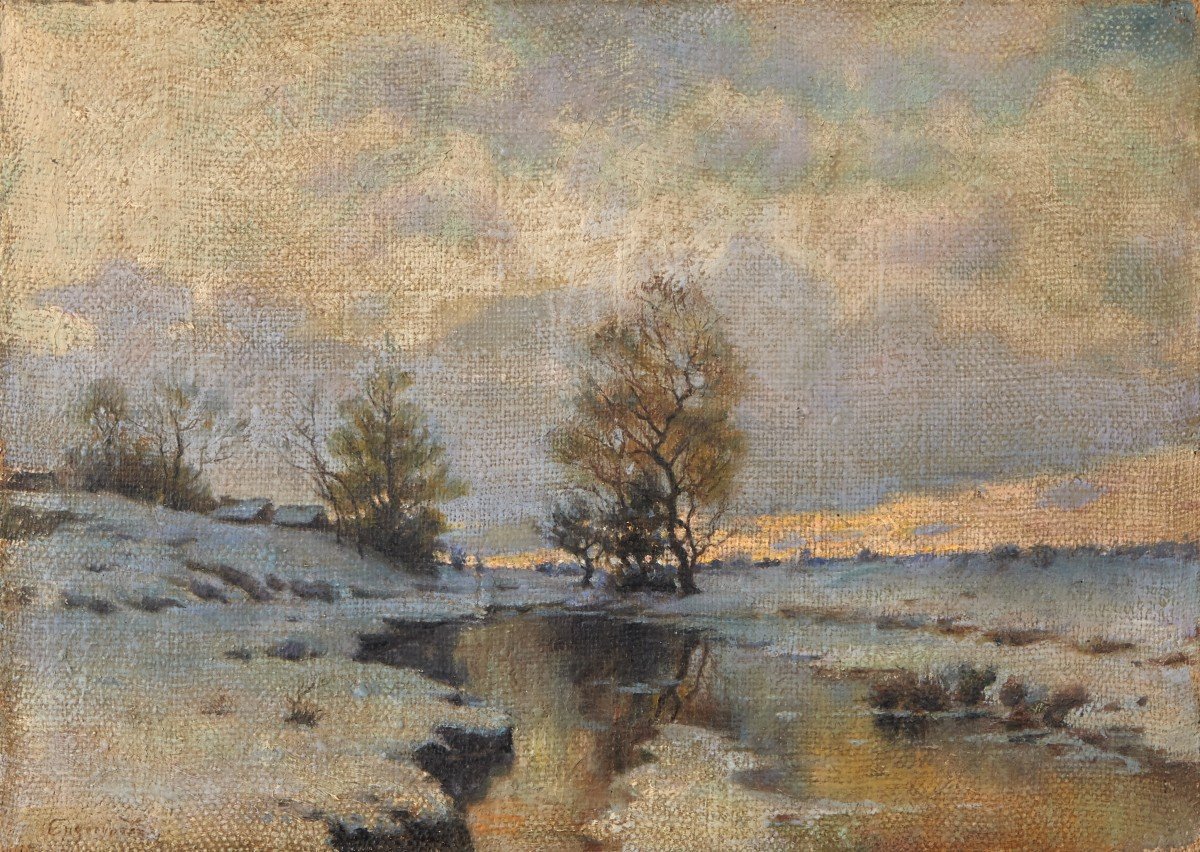
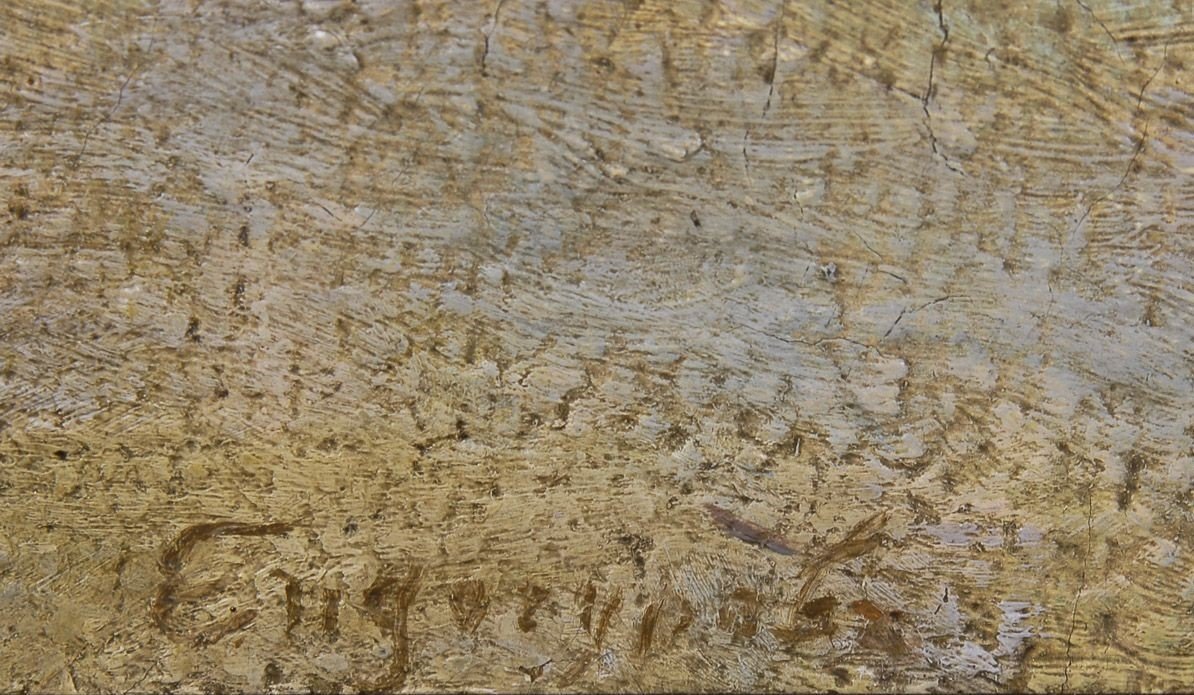
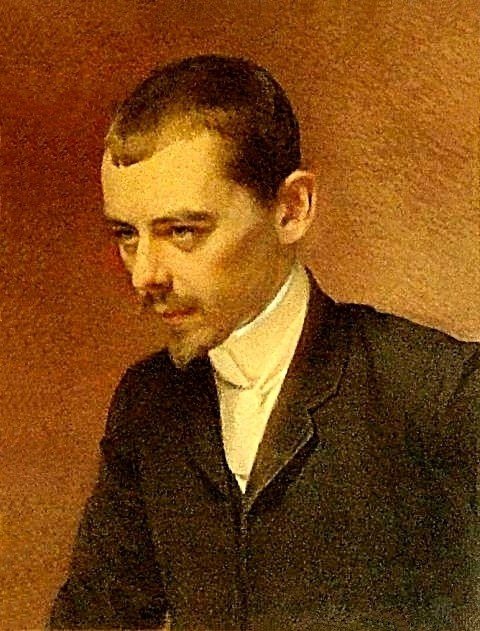






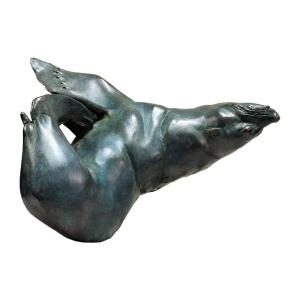
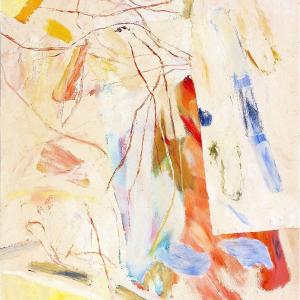
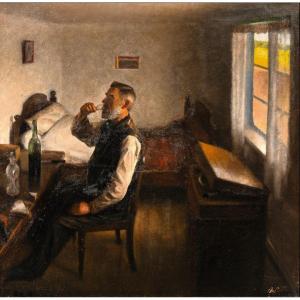
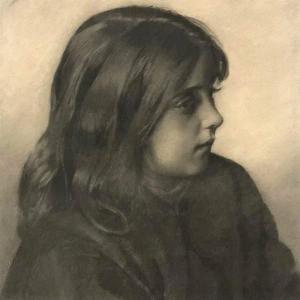

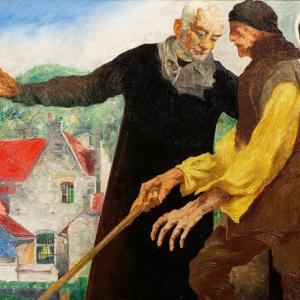







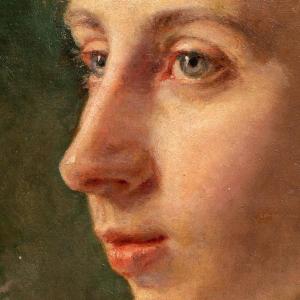
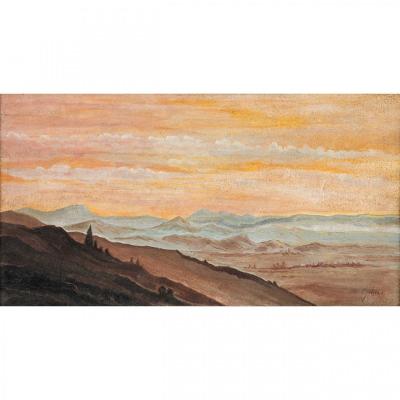

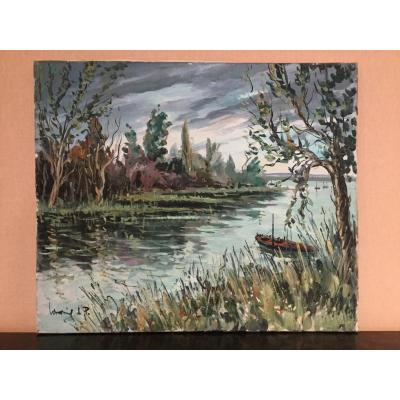
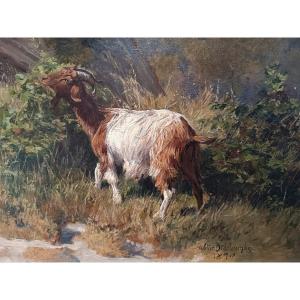
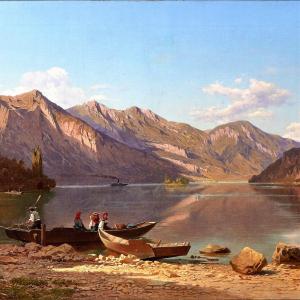



 Le Magazine de PROANTIC
Le Magazine de PROANTIC TRÉSORS Magazine
TRÉSORS Magazine Rivista Artiquariato
Rivista Artiquariato